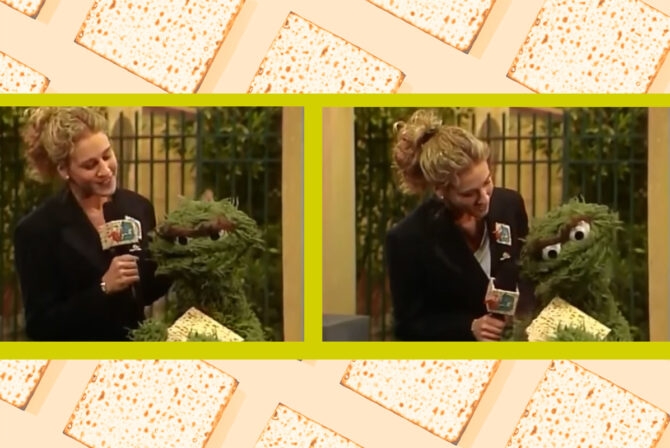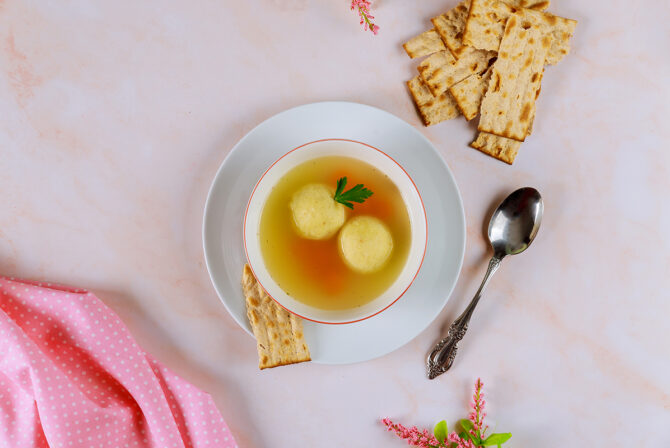Rachel Zaslow is a midwife and Executive Director of Mother Health International, an NGO that supports high volume midwifery model of care centers in areas of extreme need. We talked with her about MHI, how a rabbi’s daughter ended up delivering babies in Uganda, and how midwifery has impacted her own child-rearing. Below the interview, learn how you can help MHI fund a new ambulance for their Uganda clinic.
1. How did a girl from Brooklyn end up delivering babies in Uganda?
It’s a long and twisty narrative, but the short version is that I was invited to come to Northern Uganda almost seven years ago to volunteer in a government-funded hospital, just as the war was ending. What I witnessed there was devastating. The hospital was functioning at what the WHO estimated to be over 10 times its capacity. Formerly abducted women were turned away in labor or sent to walk home minutes after giving birth, with a great likelihood of bleeding to death on the road home. Because the hospital was so busy, women who were admitted to the labor ward were often treated violently by the staff midwives for not pushing fast enough or failing to bring their own piece of plastic to give birth on. These conditions made for a traumatic and dangerous place to give birth in an area that has been ravaged by war. I founded the birth center in Uganda with a group of 30 traditional midwives and my partner midwife, Olivia Kimball, the next year.
2. Your father is a rabbi. I read a piece you wrote in his congregation’s newsletter about your faith in God. How do you not lose faith when you witness so much tragedy?
That’s an interesting question. I think you do lose faith. And then you get it back. And then you lose it again. And then you get it back. And that’s not just as a witness to (at times) seemingly insurmountable tragedy, that’s just a relationship to faith and life. I mean, we are God wrestlers, right? After the little back and forth faith tango, I generally arrive at the conclusion that the world is unbearably complicated and in spite of that, we must continue. The only beauty that has ever brought me to my knees has been in places that purportedly lack the most.
 3. You have a daughter. What is her name and how does having a child impact your work?
3. You have a daughter. What is her name and how does having a child impact your work?
My daughter is Amaya Zahar. She is 3. When she was first born people asked me if giving birth impacted me as a midwife and I would say that it didn’t (okay, maybe it made me a bit more empathetic to the pain)–conversely, midwifery prepared me well for those early days of mothering. I was probably the only new mom on the block who got MORE sleep once her baby was born. And now, three years in, I am pretty sure that while giving birth was just one powerful event on one day, the daily act of mothering has deeply impacted my work as a midwife. I am in awe of the incredible “heart work” that mothering asks of us, and I think that practice urges me into a different kind of presence when I am with a laboring mama. I listen more. Mothering kind of wipes out your ego and with that humility comes an ability to stand “with women.” Also, at the risk of sounding totally cheesy, I appreciate in a new way the profound nature of the love between mother and baby and I am willing to do a lot more to help protect that.
4. Has your time in Uganda influenced how you raise your daughter?
Absolutely. Amaya has spent a significant portion of her life in a true “village.” When we are in Uganda she runs in a pack with the other kids, the older ones taking care of the younger ones. I always know there is some adult on the land looking out for them, but I don’t always know where she is. That kind of autonomy would never happen for a toddler in the West. Also, without subscribing to any labels like “attachment parenting” or “elimination communication,” I followed the Ugandan mamas and wore her on my back throughout her infancy (and still do sometimes!), and got rid of diapers entirely, which meant by the time she was a year, she was basically potty trained (I’m seriously still amazed by this).
On the one hand, she has grown up using solar power, composting toilets, and eating only whatever food we grow on site; then we come back to the states and order in sushi and take hot baths and stream movies on demand. She has a real understanding that there are many ways of being in the world and one is not necessarily better than the other. Also, because we live on site at the clinic in Uganda, Amaya just comes with me to work when she feels like it. This blurring of “home” and “work” is for me an important aspect of being a feminist mother. I don’t have to give one up for the other, and I get to share my world and my passions with my daughter. She likes to give pregnant mamas foot massages and bring them tea.
 5. What inspired you to get involved with delivering babies?
5. What inspired you to get involved with delivering babies?
That’s kind of like asking about the origins of the world. I don’t think there was just one moment. I think most midwives were the kind of kids who would stay up all night just to watch the cat have her kittens and fantasized about having their own babies. I grew up with a strong sense of connection and dedication to women’s health and reproductive justice. That has manifested in several forms for me. In addition to my hands on work as a midwife, I also have a masters in Performance Studies with a focus on narratives of health, and I am finishing a PhD in Women’s and Gender Studies. I am writing about childbirth, displacement, and the problem of humanitarian aid. I don’t think enough midwives write about the importance of what we do in a way that the academic community can hear. This ultimately affects the way we work together with the medical community, which ultimately affects the options that women have.
6. On the Mother Health International website you sell some pretty great jewelry and baby slings. Tell us about that.
My research has led me to understand that many humanitarian organizations do more harm than good by relying almost entirely on outside funding, and when that funding dries up the organizations disappear, which leaves huge gaps in services that communities struggle to fill. Our work is guided by the principals of local leadership, renewable resources, and clinics that sustain themselves financially.
So we work together in collectives. Women don’t need to pay to receive services at the birth centers, but they are asked to involve themselves in a project that sustains it. Pregnant mamas sign up for projects that interest them and volunteer their time in exchange for care. The slings, skirts, purses, necklaces, and teas you will find on our online “market” are products made in our sewing, beading, and gardening collectives. The money then goes back to pay for supplies and salaries at the clinic. While some things, like our ambulance, will never be sustained this way, it’s a great model because in addition to raising money, it really knits our pregnant mamas together in community as they all work on a project. Check us out!
7. Are you a kveller?
You know, I’ve got a lot to kvell about!
Help Mother Health International & the Ambulance Fund:
In rural Africa many women give birth alongside the road while walking from remote villages to seek help. They risk their own lives and the lives of their babies when this happens. Additionally, many women must walk miles home after their child is born, risking hemorrhaging to death on the way.
In Northern Uganda a woman has a 1 in 25 lifetime chance of dying during childbirth. The infant mortality rate is 10 times as high as anywhere in the Western hemisphere. At Mother Health International, our outcomes are significantly better than the national average. In over 3,000 deliveries we have never lost a mother.
An ambulance is one of the most important tools we can use to ensure good
outcomes. We pick women up in labor, bring them to our clinics, and drive them home post partum–eliminating several risk factors and saving lives. The ambulance is integral to fistula prevention as no mother in our area must wait for days on end without help in the case of true obstructed labor. The ambulance is always standing by to bring women to the hospital should they need emergency surgery.
At our clinic in Uganda, the nearest hospital is 3 hours away on a very bumpy road. Without a vehicle, if a true emergency occurs, there is no help. Every time we transport a woman to the hospital it costs $200 in fuel alone.
Your contribution to the ambulance fund will pay for fuel, tires and necessary repairs to keep our vehicle running and getting mamas safely to the care they need. Please consider making a life saving donation to Mother Health International. This is direct impact and it is huge.
Like this post? Get the latest from Kveller sent directly to your inbox.







